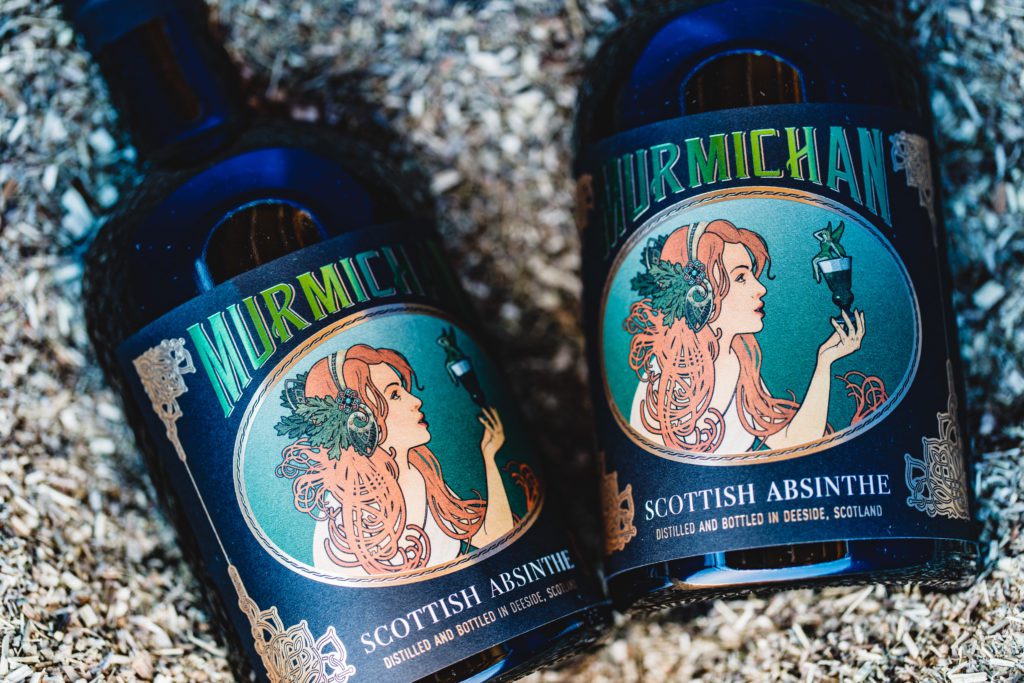Murmichan, is a wicked fairy in Scots and now it is also the name of the first absinthe produced in Scotland – by Lost Loch Distillery in Deeside.
The distillery is built on what would have been the eastern shore of the glacial Loch Auchlossan, if it hadn't been drained in the 1940s.
Locally, it is known as the Lost Loch, and business partners Peter Dignan and Rich Pierce decided to name the business after that. Peter said: "It is funny, if you get a lot of rain, it does start to reappear again."
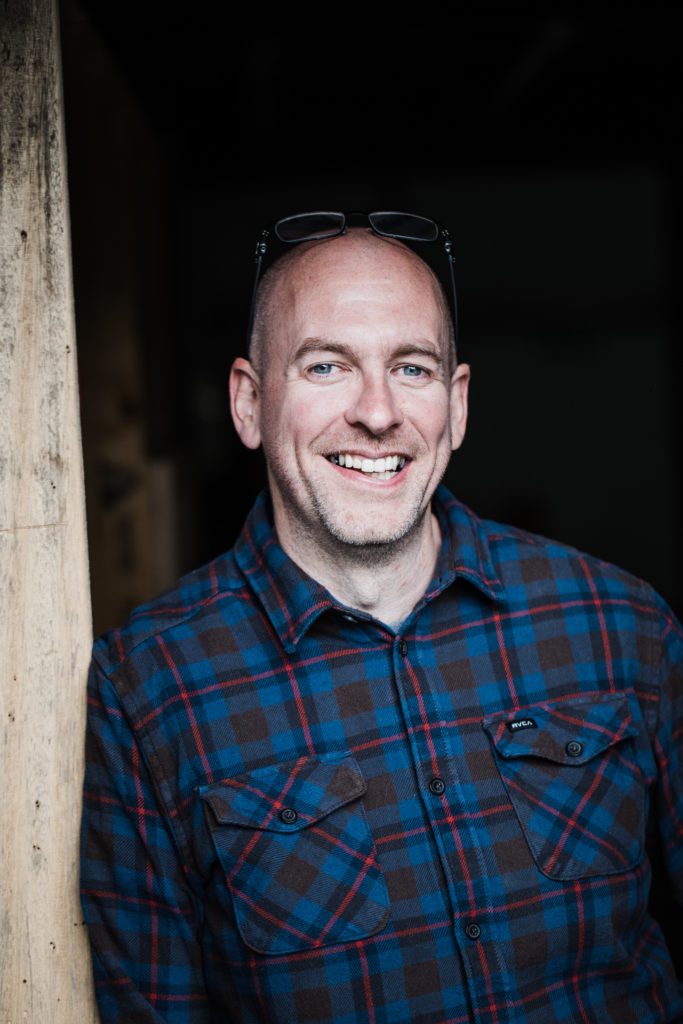
Peter is one half of the north-east duo behind the venture, and he is also a history fan.
This led him to discover another legend: Once, a giant frog lived by the loch and would snack on a cow or sheep daily, but the locals decided enough was enough and killed the monster frog and the area became known as the ‘Field of Frogs.’
With fanciful tales of killer frogs, perhaps the locals had always been drinking absinthe.
Peter tells me about his first brush with absinthe and admits "the night didn't end well." He was brought up in Westhill, outside Aberdeen, and was very much a free spirit in his younger days.
However, it appears his family were all keen brewers and liqueur makers, with his grandmother's side of the family all working at Dufftown Distillery.
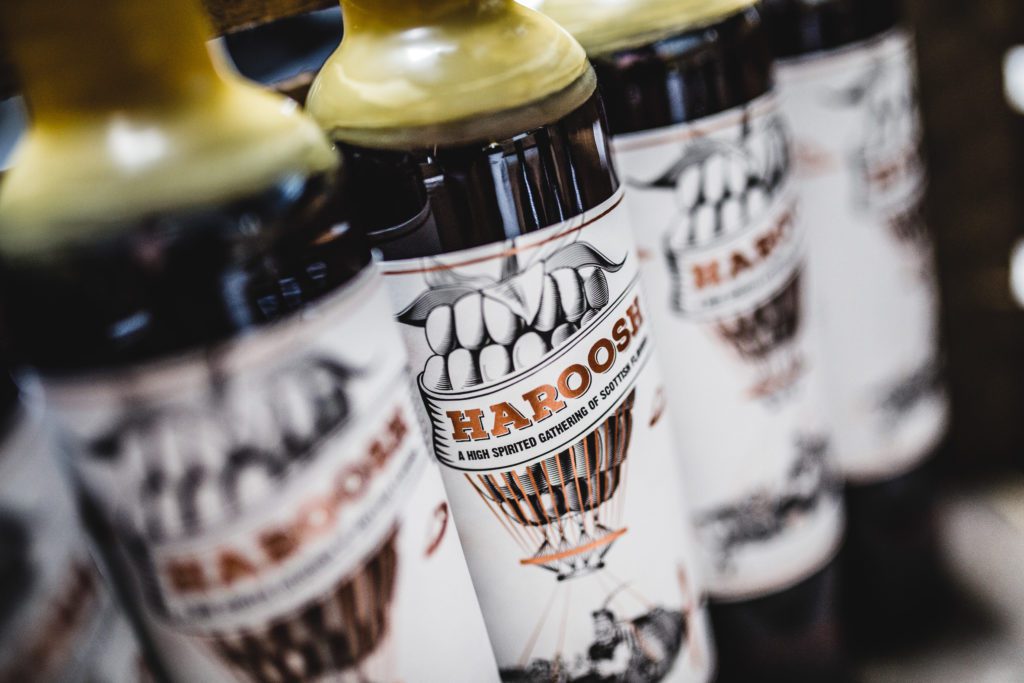
So, he has fond memories of helping make the family liqueur from whisky, bramble and honey. He now makes it at Lost Loch and it is called Haroosh.
He said: "There was always a bottle on the table at Christmas. My great uncle was the head brewer at Tomintoul Distillery, so they would have got whisky from there. My great grandfather was a beekeeper, so they would use his honey with local brambles.
When his grandma died, Pete inherited her handwritten cookbook filled with treasures as well as sketch books from his grandfather, who was an artist.
As a young tearaway, Peter was more interested in having a good time than getting an education, so left school and went to work in Greece. He ran a nightclub with a friend – "hedonistic days, but lots of good memories of driving about on motorbikes and beach parties."
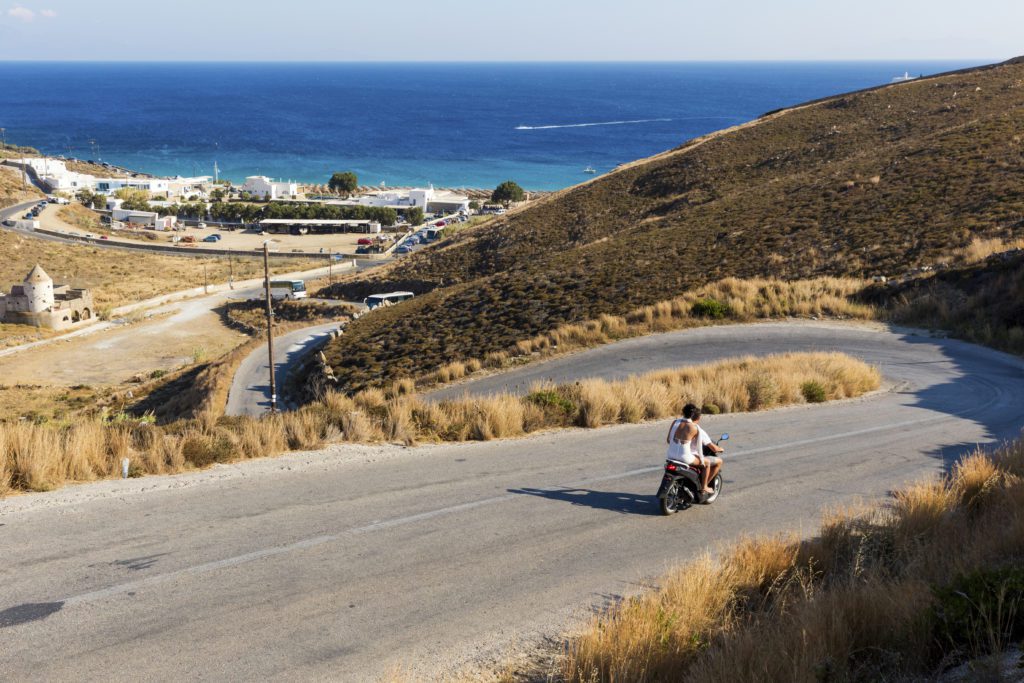
No doubt a worrying time for his parents, he laughs. "I don't think there is anything I have ever done that hasn't worried them, but I've probably been reeled in a bit now by my wife in a good way.
Now with two children of his own, Thomas (8) and Skye (6), the boot is firmly on the other foot. "Kids are a worry since they are born, but you don't realise that until you are a parent," he admits.
After Greece, he studied marketing and PR at Robert Gordon University and then worked in IT in a law firm. He started climbing as a hobby, which led him to travel the world on climbing adventures.
He said: "You would always meet interesting people on the same mission. There was no phone reception in those days, you were just on side of a mountain."
He spent 27 days reaching the 6,962m summit of Aconcagua, climbed Kilimanjaro, and Mera and Island Peaks in the Himalayas and had a few scary moments, which included developing a cerebral edema, and almost being caught in a landslide.
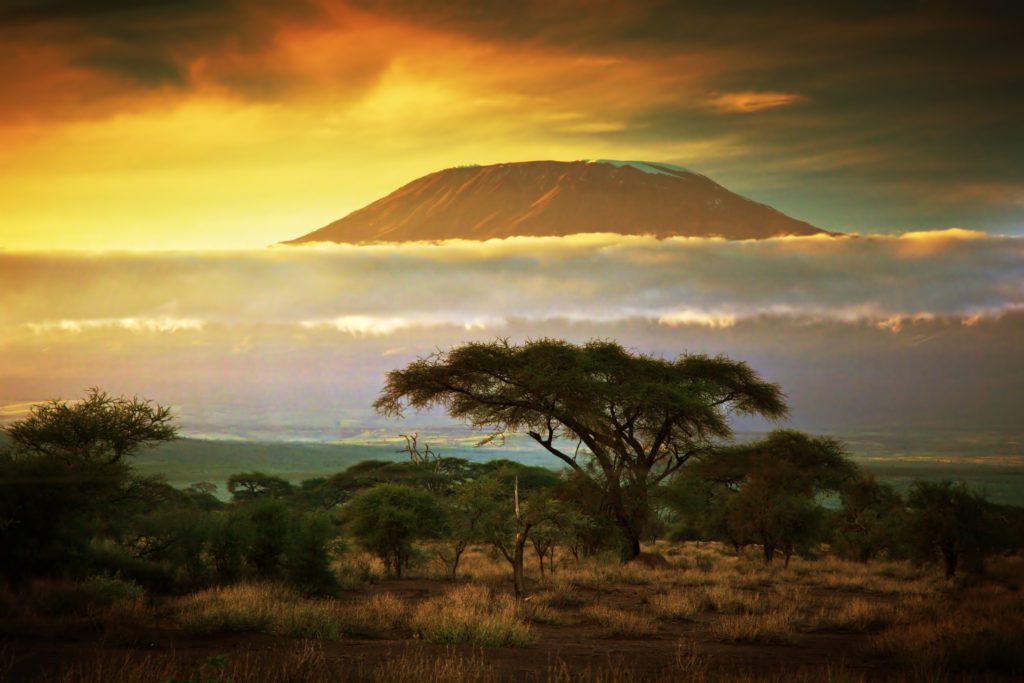
Peter started a Kilimanjaro tour business, and when he wasn't in Africa, he began working offshore in the North Sea doing high-rope access work. As he was never home, he decided to rent out a room in his flat and, as a result, met his future wife, who was studying for a Masters at Aberdeen University.
Peter persuaded her to travel out to Kilimanjaro and that is where they fell in love. He then trained in sub-sea inspection, which he stills does in tandem with running the distillery. He said: "It's the best course I ever did, and it pays the bills."
Having sold his tour business, he was looking at different options, and, at the time, his dad was making a batch of the bramble and honey liqueur – he was inspired. "It was really good and I thought I can probably market it,” he said.
He got the correct licence and began making his own version in his garden shed in 2016, which he sold locally.
However, it would always sell out quickly, so he realised there was demand for craft drinks. In the pub one night, he persuaded Rich, his friend and now business partner, that the time was right to found a distillery.
They pulled together a business plan, and invested all the savings they had. They both work offshore and, at that time, there was a downturn in the oil sector.
They believed the time was right to take a risk and set about building the Lost Loch distillery.
Their characters complement each other, but Peter admits: "It has been a massive learning curve for us both."
At the time, gin was becoming popular, so they decided to produce something different.
The first drink they made was Haroosh and then they worked with an absinthe aficionado at Heriot Watt University to perfect a recipe that they all liked, which became Murmichan.
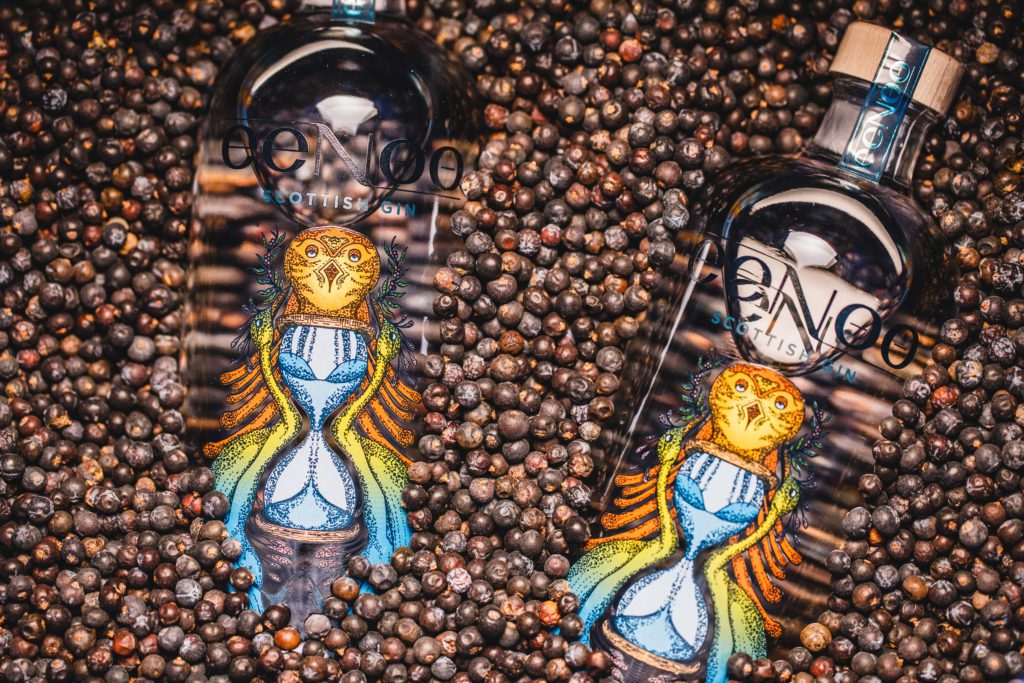
They launched in 2017. Peter said: "It is such an interesting, unique, bohemian spirit, which has a beautiful history to it." They couldn't believe that no one else in Scotland was producing the drink, but soon realised that not many people drink it.
However, it is responsible for extensive media coverage, and he said: "As a product to put you on the map, it worked really well." He is confident that one day absinthe will become popular again.
The next drink they created was eeNoo gin, which is made using spring water from the Cairngorms National Park and Scottish raspberries, rosehips, brambles and local Deeside honey, made from heather, willow herb and clover pollen. Italian juniper is used instead of the endangered Scottish juniper.
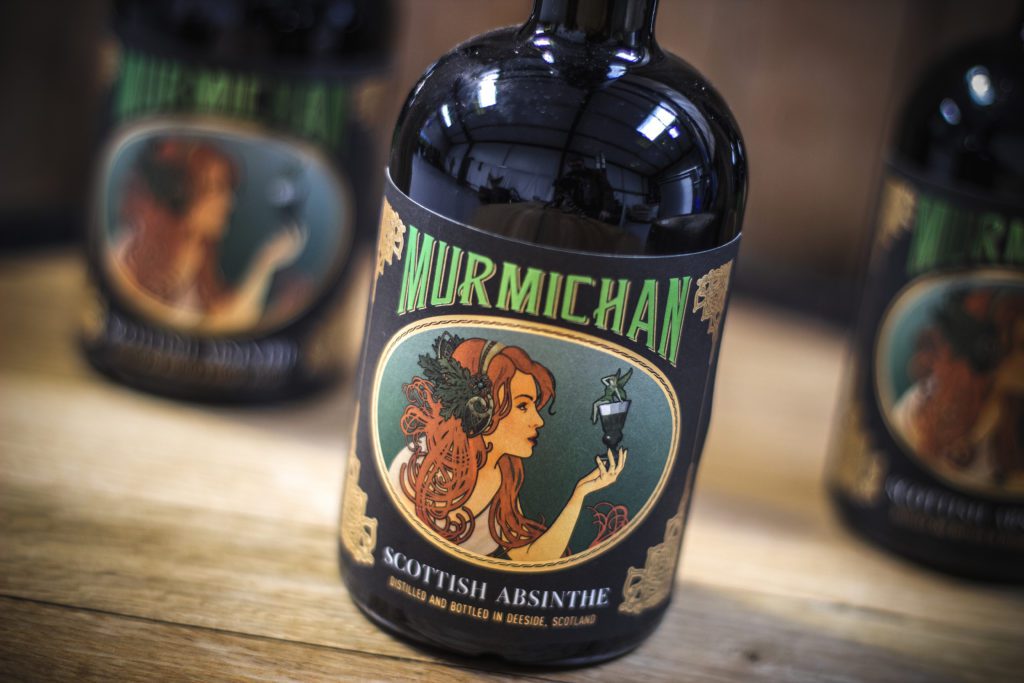
They also add in coriander seeds, angelica root, liquorice root and orange and lemon peel. At the distillery, they use modern stainless steel stills with copper in the columns.
One holds 500 litres and the other 2000 litres, and they also have a 50 litre traditional copper still to make absinthe. They are glad they made the decision to stand out from the crowd.
Recipe development is Peter's favourite part. He is a history buff who collects old books from the 1800s. They have old drink recipes in them, which he reinterprets.
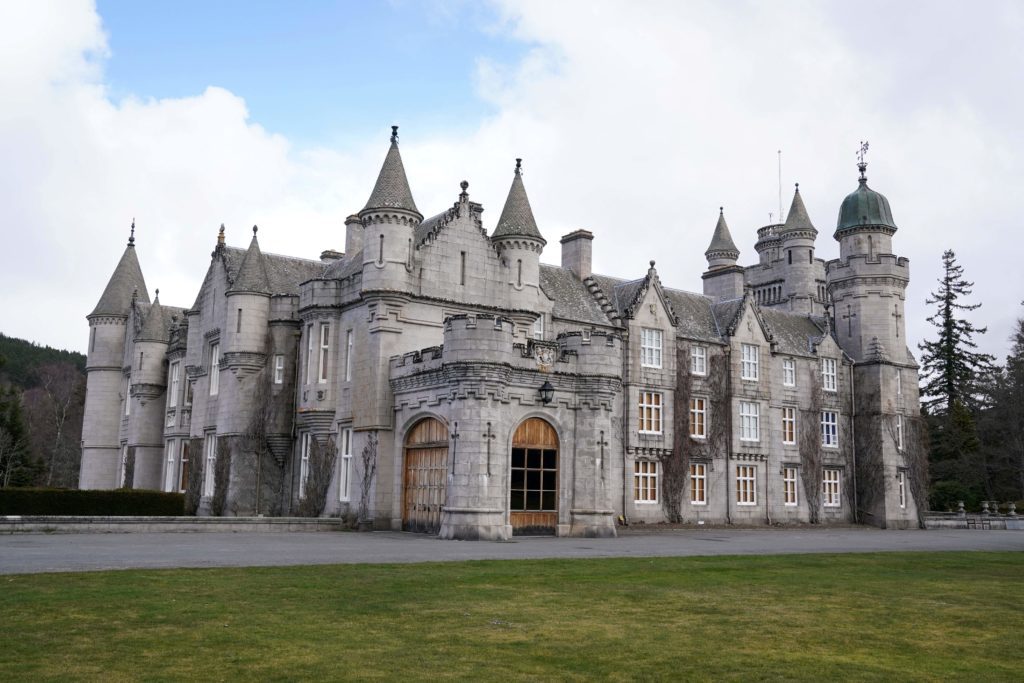
They also do contract distilling for other companies and made the Queen's Jubilee gins which are sold on the Balmoral Estate. "That is the only place you can buy it."
Balmoral wanted to produce their own gin and were obviously happy to use a local company, using juniper from the estate as well as pine needles which form the basis of the gin.
They make gin, vodka and rum for other companies and that side of the business grew during the pandemic.
Peter said: "I really love the R&D side – when people come to you with an idea and you have got to turn that idea into a liquid." They have also made a summer fruit gin for Aberdeen food tourism ambassador, the Kilted Chef.
When Peter's wife moved up permanently from Portsmouth, her highland-born grandma gave her a Scottish/English dictionary and said “you'll need this to speak properly."
Peter explains that when they were looking for drink names, they picked them from that dictionary.
Haroosh is the word for a ‘high spirited disorderly gathering,’ while Murmichan is the name for a wicked fairy and eeNoo means ‘at the present time.’
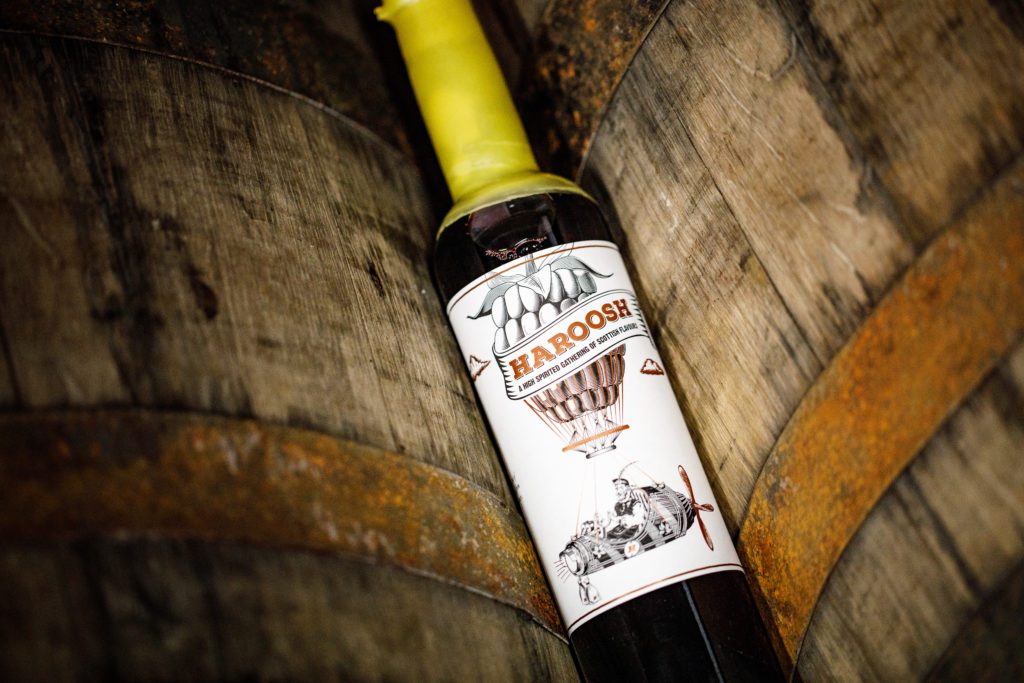
They sell direct online and through independent retailers and distributors and they also have a Singular series, or one-off batch of spirit made in a single cask which produces only 1000 bottles.
Peter explains some of the flavours in the Singular series so far: "Barbados rum aged in a whisky cask, and a rum aged in an absinthe cask."
They also make Ruckalino, an Italian spirit, which has a gin base, flavoured with macerated rocket leaves, cloves and lemon and orange peel, which has a real citrusy edge.
In the next few years the business partners would like to work full time on Lost Loch, but they hope to rebrand and launch more Loch Loch Spirits and look at their environmental footprint and packaging.
Peter has a spirit of adventure. He said: "I love it, it is not like a job, I have no regrets doing it and there is growth every year with the company so it is moving in the right direction."
